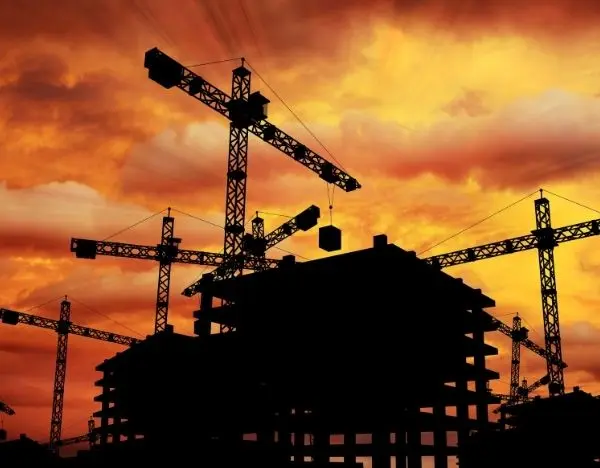At almost any time, a scan of the New York City horizon includes at least a couple of giant construction cranes silhouetted against the sky. Part of the landscape in every urban setting in America, the height, weight and complexity of these incredible machines present serious dangers to construction workers and others in the vicinity of crane accidents.
But New York City is uniquely vulnerable to crane-accident injury and fatality. As U.S. District Court Judge Colleen McKenna wrote in an opinion recently: “If a crane falls in New York City, someone is almost always there to hear it — and be hit by it. The City’s high density makes it all but certain that a crane accident will never be far enough from public sidewalks or nearby buildings to lack impact on public safety.”
Young Construction Worker Dies in Manhattan Subway Crane Collapse
In April 2012, a 30-year-old construction worker from New Jersey died and three colleagues were injured when a crane collapsed while the crew was working on a huge Manhattan subway construction project. NBC New York described the incident as the “city’s third fatal crane accident in four years.”
According to The Wall Street Journal, officials later found “problems in the hoisting system” of the 24-year-old crane that raised maintenance and previous-use questions. Specifically, “a cable might have snapped, causing the boom to plummet.”
NBC reported further that a January 2012 city inspection of that particular crane was never completed because of scheduling problems. It had been inspected six months earlier.
Crane-Accident Hazards
By enacting and enforcing heavy-equipment specifications, and safety and workplace regulations, federal, New York state and local governmental authorities try to lessen the dangers inherent in operating heavy hoisting equipment like industrial cranes. According to experienced New York construction accident attorney Mitchell Sassower of Arye, Lustig & Sassower, P.C., “Unfortunately, having laws on the books and enforcing them are not always the same. Budgetary constraints may result in inspections being delayed or postponed, and the economic pressures of completing a construction project may result in rules being bent and safety violations ignored.”
Interestingly, The New York Times reports that the “overwhelming majority of crane accidents” are “caused by equipment failure, not operator error.”Apparently, government officials, owners or contractors may not maintain adequate crane-inspection schedules.”
Certain types of accidents are common at crane worksites:
- Cranes can drop their loads, sometimes weighing many tons.
- Cranes can tip over in high winds or by becoming unbalanced.
- Cranes can hit stationary objects like buildings and cause debris to fly through the air.
- Operators can fall from great heights.
- Crane equipment can fail or break.
Legal Remedies
Construction workers or others injured in crane accidents may have legal remedies like workers’ compensation, personal injury, premises liability or product liability lawsuits. When fatalities occur, survivors may have wrongful death claims. Possible recovery could include monetary damages for lost income, medical expenses, pain and suffering and emotional distress. There are certain laws in New York that provide special protection for construction workers and which impose a nondelegable duty on owners of job sites, contractors and their agents to provide proper protection for workers.
In order to properly protect your rights in a construction accident case like a crane accident, it is important to consult a personal injury attorney with specific experience in these types of suits to be sure the matter is appropriately investigated and evaluated. You need to protect your future and your family in case you are temporarily or permanently disabled from working.



